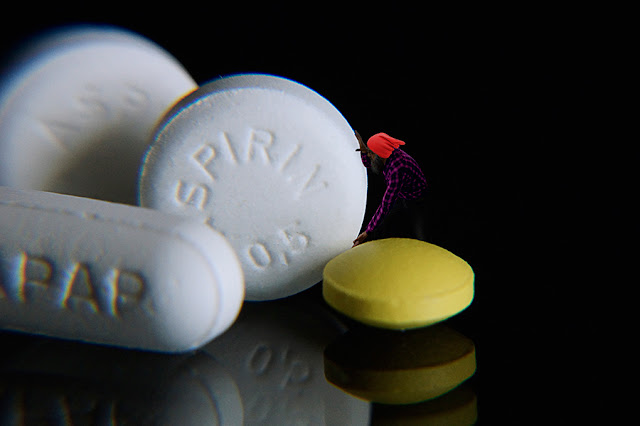Sleep is an important part of a healthy life, along with a
healthy diet and exercise. Sleep plays an important role in shaping our
physical and mental health. Taking a short nap during the day is also
considered to be beneficial to health. However, long daytime naps may increase
the risk of developing type 2 diabetes, according to a study.
This research led by Dr Tomohide Yamad of University of Tokyo has been presented at the annual meeting of European Association for the Study of Diabetes (EASD) in Stockholm.
This research led by Dr Tomohide Yamad of University of Tokyo has been presented at the annual meeting of European Association for the Study of Diabetes (EASD) in Stockholm.
Around 29.1 million people in the United States have
diabetes. 90 percent of these patients are suffering from type 2 diabetes. 27.8
percent of the diabetes cases are undiagnosed. Approximately 2.9 million people
in the UK have diabetes and this number is expected to go up to 5 million by
the year 2025.
Read more Type 2 Diabetes Cure? A Super Low-Calorie Diet May Be The Answer!
Read more Type 2 Diabetes Cure? A Super Low-Calorie Diet May Be The Answer!
Type 2 diabetes was previously known as
non-insulin-dependent Diabetes (NIDDM). In type 2 diabetes either the body
doesn’t produce enough insulin or the cells ignore the insulin which results in
insulin resistance. When the body develops insulin resistance it means that the
body is producing insulin, but the sensitivity of the insulin is reduced and it
is not doing the job properly which results in build-up of glucose in the blood
and the cells starve for glucose which is needed for energy.
Dr. Yamada and his team conducted a meta-analysis to study
the link between daytime sleepiness, nap and type 2 diabetes. They searched
through articles published in Medline, the Cochrane Library and Web of Science
until November, 2014. Out of 683 initial studies, 10 were deemed suitable,
involving 261,365 subjects from Asia and the West. Studies on daytime
sleepiness came from Sweden, Spain, Finland and Germany, and studies on napping
came from USA, China and Germany.
Those who answered ‘yes’ to the question, “Do you have a problem with sleepiness during the daytime?” were considered to be long excessive daytime sleepers. For daytime napping, answering ‘yes’ to questions “Do you take a daytime nap?” or “Do you sleep during the day?” was considered
Those who answered ‘yes’ to the question, “Do you have a problem with sleepiness during the daytime?” were considered to be long excessive daytime sleepers. For daytime napping, answering ‘yes’ to questions “Do you take a daytime nap?” or “Do you sleep during the day?” was considered
Those who reported long daytime naps were found to increase
their risk of diabetes by 56 percent. Those who reported daytime napping of 60
minutes or more were found to increase their risk of diabetes by 46
percent. However, a short nap of 40 minutes or less didn’t increase the risk –
the risk was said to increase sharply after 40 minutes of sleep. [Read more Fresh
fruit may be beneficial for people with diabetes, research suggests]
"Daytime napping might be a consequence of night-time
sleep disturbance such as obstructive sleep apnea (OSA),” the authors said. The
condition is responsible for stroke, ischemia, heart disease, and all-cause
mortality. It also has some common risk factors with type 2 diabetes, such as
age and obesity.
The authors concluded by saying:
“Excessive daytime sleepiness and taking longer naps were
associated with increased risk of type 2 diabetes, with a short nap not
increasing this risk.”
“Entering deep slow-wave sleep and then failing to complete
the normal sleep cycle can result in a phenomenon known as sleep inertia, in
which a person feels groggy, disoriented, and even sleepier than before
napping. Although the mechanisms by which a short nap might decrease the risk
of diabetes are still unclear, such duration-dependent differences in the
effects of sleep might partly explain our findings.”

































